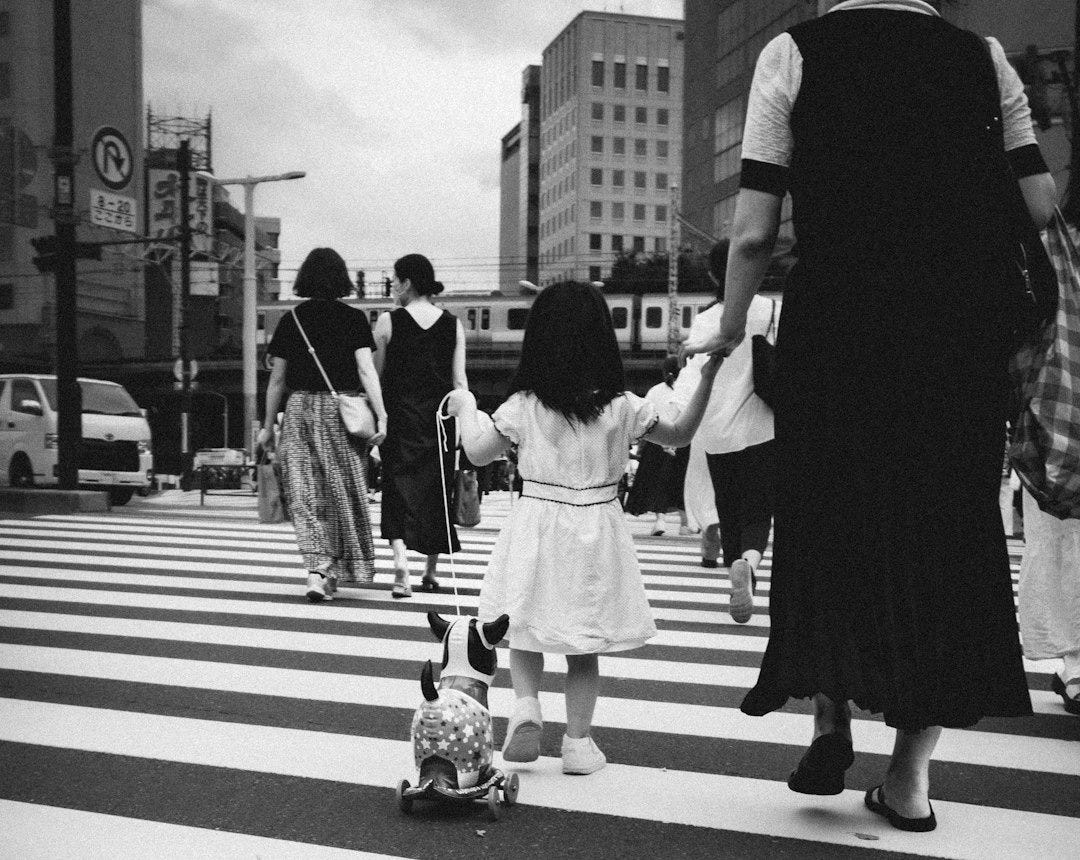Cultural values, gender roles, and institutional factors shape Japanese women’s moral distress about surplus embryo disposition
Perceptions and moral distress in surplus embryo disposition among Japanese IVF patients: a qualitative study. (Katsuzaki, 2025)
Katsuzaki, S., Takimoto, Y., Morioka, C., Nakayama, M., Harada, T., Urata, Y., Ishikawa, T., & Takagi, M. (2025). Perceptions and moral distress in surplus embryo disposition among Japanese IVF patients: a qualitative study. Frontiers in Reproductive Health, 7:1646340. doi: 10.3389/frph.2025.1646340
Geographic Region: Japan (Tokyo, Kanagawa, and Nara metropolitan areas)
Research Question: How do Japanese patients who underwent IVF perceive surplus frozen embryos, and how do these perceptions influence their decision-making processes and experiences of moral distress regarding embryo disposition?
Design: Qualitative study employed semi-structured interviews conducted between May 2024 and March 2025. All interviews were conducted online and lasted 45-90 minutes, covering experiences with infertility treatment, perceptions of frozen embryos, disposition decisions, ceremonial practices, infertility attribution, and support needs.
Sample: 46 Japanese women who had undergone IVF with embryo cryopreservation experience, recruited from three fertility clinics with varying policies on embryo disposition. Participants averaged 35.3 years old (range 27-45), had undergone an average of 1.3 egg retrievals, and had an average of 3.5 surplus embryos. The majority had one child (59%), while 17% had no children and 24% had two children. Infertility causes included unexplained (50%), female factor (30%), male factor (17%), and both factors (2%).
Key Findings
Participants conceptualized embryos in three main categories: as “life” (most common), as genetically connected “blood ties,” or as “cells or eggs”.
Women with female-factor infertility tended to internalize blame and describe embryos as “life,” while those with male-factor diagnoses showed greater emotional distancing and used more instrumental terms.
Viewing embryos as “life” was associated with guilt and sorrow, particularly when lacking clear information or acceptable disposition options.
Most participants (80%) chose extended cryopreservation, while 17% had discarded embryos and 2% remained undecided. Emotional stress was reported in all groups, though varying in nature and intensity.
All eight participants who chose to discard embryos attended the same facility with higher storage fees.
Strong support existed for embryo donation for research, but donation to other patients was consistently rejected regardless of how embryos were conceptualized.
Support preferences varied widely, from symbolic memorial practices to informal peer dialogues, with many finding formal counseling too intrusive or time-consuming.
Cultural expressions like “waiting in the sky” and “mottainai” (regret over waste) reflected Japanese-specific ways of conceptualizing embryos and disposition decisions.
Limitations: The small number of participants who chose to discard embryos limiting insights into their reasoning. The sample demographics skewed toward women in their 30s-40s with single egg retrieval cycles and successful pregnancies potentially limiting generalizability. The study excluded male partners’ perspectives. The study also lacks theoretical grounding in established frameworks for understanding moral distress in patient populations, as this concept has primarily been applied to healthcare professionals.
Applications: The research highlights the importance of culturally sensitive counseling that acknowledges diverse ways of conceptualizing embryos beyond Western biomedical frameworks. Mental health professionals and genetic counselors should recognize that moral distress extends beyond healthcare providers to patients facing disposition decisions.
Funding Source: Research grant from the Uehiro Foundation on Ethics and Education (Japan)
Lead Author: Shizuka Katsuzaki is affiliated with the Patient Relations and Clinical Ethics Center at The University of Tokyo Hospital and the Department of Pediatrics and Developmental Biology at the Institute of Science Tokyo, specializing in clinical ethics and patient care research. No specific information about a personal connection to donor conception was provided.
Regulatory Context
Japan passed its first comprehensive legislation on assisted reproductive technology in December 2020 with the “Act on Assisted Reproductive Technology Offering and the Special Provisions of the Civil Code Related to the Parent-Child Relationship of a Child Born As a Result of the Treatment” (Act No. 76 of 2020). The civil code amendments took effect on December 11, 2021, applying to children born from that date onward.
There are currently no limits on the number of children per donor, and no national donor registry exists to track donations. Only 12 facilities are registered with the Japan Society of Obstetrics and Gynecology to offer donor insemination.
Only altruistic gamete and embryo donation is allowed under government guidelines.
Access is currently limited to heterosexual married couples only.
Donation occurs both at authorized medical facilities and through private arrangements, with no legal prohibition on private donation.
Anonymous donation has traditionally been the standard practice, with emphasis on donor anonymity.. However, new legislation was submitted in February 2025 that would allow donor-conceived individuals to know limited information about donors upon reaching adulthood.
Legal parentage is determined by birth (for the birth mother using donor eggs) and by marital presumption with spousal consent (for husbands who consent to their wife’s use of donor sperm)
Japan has no legal framework for surrogacy, leading some couples to seek services overseas.
Related Posts


I’m not surprised at the unwillingness of donating unused embryos to other families. Lineage by blood = “family” seems to be strong in Asian cultures, despite the culture of adult adoption for an heir.